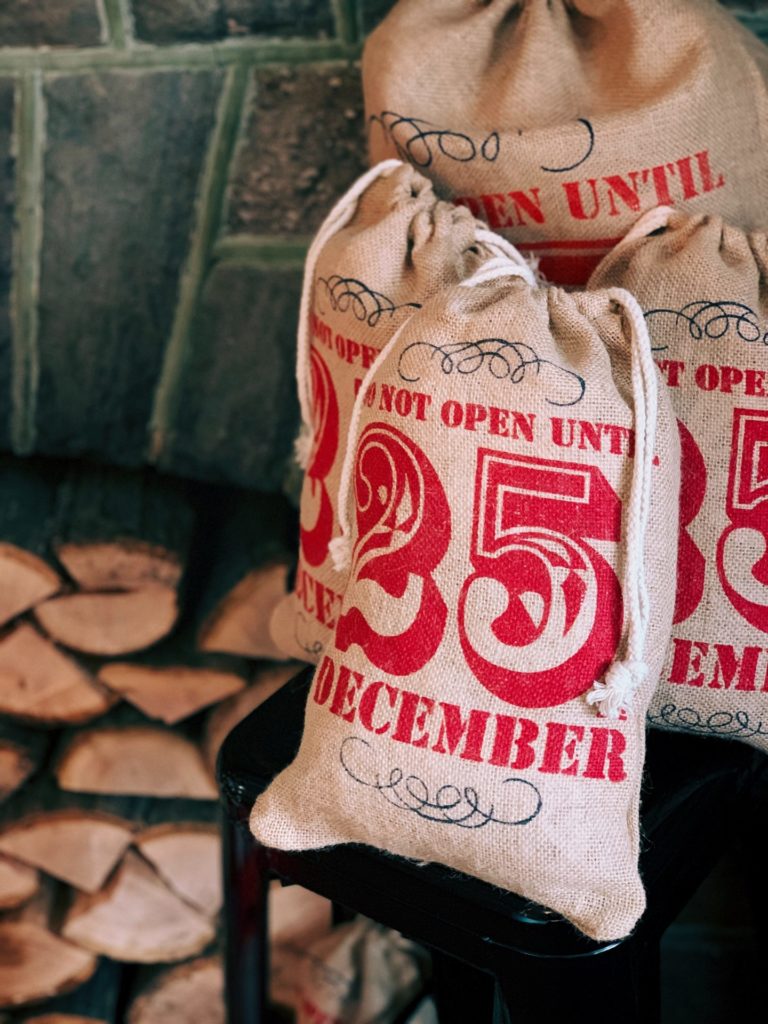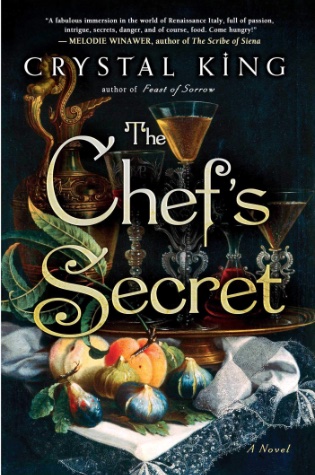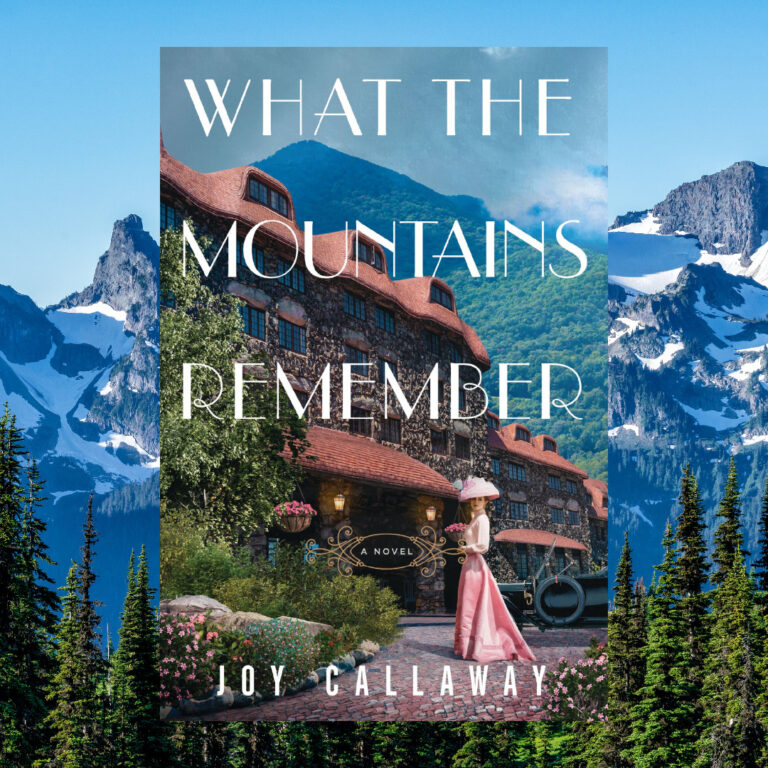The symbols are familiar to us—the wreaths, fir trees, light in the darkness of winter, mistletoe and ivy, caroling, the giving of gifts and a big feast with family and friends.
Interestingly enough, these same traditions would also be equally familiar to the pre-Christian denizens of ancient Rome. An ancient holiday, Saturnalia, was the origin to many of the rituals that we observe today during the Christmas season.
Saturnalia was a feast held in honor of Saturn, god of agriculture, plenty and wealth. Ancient Romans celebrated his festival over the course of several days in mid-to-late December, after the harvest was fully completed and at the time of the winter solstice. The holiday was marked by much merrymaking, gambling and drinking. It was a time when slaves could go without punishment and men celebrated free speech. It was a holiday free of work, courts were not in session, schools were closed, exercise went by the wayside and no wars could be declared.
It was also a time when ancient rituals and symbols came into play—many of the same that form the basis for our holiday traditions today.

December 25th
December 25th is not the real birthday of Jesus. His birth is not mentioned in the Bible at all or in any sacred writings. The more likely reason for this choice of date is to coincide with pagan mid-winter festivals (of which there were many across the vast Empire) in order to unify pagan and Christian worship celebrations. The 25th was the birthday of Saturn and it also happened to coincide with a date important in the cult of Mithras, a religion with striking similarity to Christianity.

Christmas Wreaths
The ancient Romans and Greeks both believed that wearing a wreath as a crown, or corona, would help the wearer stave off drunkenness. They were made from flowers and tree branches and during Saturnalia were often made from fir (in honor of Saturn’s grandson, Faunus, known in Greek as Pan) and ivy (in honor of Saturn’s consort, Ops). Roman soldiers gave Jesus a crown of thorns (it may have been holly) in mockery of his Roman “triumph.”
The Romans would also use fir branches as decor inside and outside buildings, to celebrate fertility, abundance and life in the depths of winter.
Holly and Ivy
Like the branches of the fir tree, holly and ivy are plants that stay green throughout the year. Holly was a plant sacred to Saturn and the ancient Romans used it liberally as a decoration during the Saturnalia festivities. Ivy was sacred to Bacchus, the god of wine and revelry, and was used all over Rome in celebration of Saturnalia. It was also a symbol of marriage and friendship and Saturnalia was a time for family and friends to come together.

Mistletoe
Ancient Greeks first began the tradition of kissing under the mistletoe. The Romans adopted it as part of the Saturnalia feast and would sometimes settle wartime agreements underneath a mistletoe sprig, making it a symbol of peace. As an evergreen plant, it was also used as a symbol of abundance and fertility in Saturnalia decorations.
Caroling
During Saturnalia people would go singing door to door, but fortunately for us, caroling of today does not entirely mimic another Saturnalia tradition—running through the streets naked and singing. The latter is the reason that throughout the centuries Christian churches have wavered on their policies about caroling, with the idea that singing coincides with debauchery.
Gift Giving
The concept of giving gifts was an important part of Saturnalia. Usually the gifts were small trinkets, dolls, sweets and the like. Masters would also give gifts to their slaves (perhaps a precursor to the idea behind Boxing Day, when employers would give a gift to their servants the day after Christmas).
Taking Care of the Less Fortunate
Saturnalia was also a time of swapping places. Masters would trade places with their slaves, serving them at meals instead of the other way around (although the slaves would still have to cook the meals). This tradition, of masters serving servants, would continue for a time but eventually fell out of favor. Today we look for ways to help those who are needier than ourselves, with many working in soup kitchens on the holiday to feed the poor. In the UK, British officers traditionally serve the holiday meal to junior officers, with Prince Harry recently carrying on the practice.

Christmas Lights
The winter solstice was the longest day out of the year and light was an important part of the holiday ritual. Romans gave gifts of candles to each other and placed them in the windows of their homes to call the sun back from the darkness.
Feasting
Saturnalia marked the very end of the harvest. Ancient Romans would dine on the fruits of their labors, with all manner of foods, apples, nuts, honey, fritters, meat and heavily spiced wine. Emperors would shower figs and sweets on crowds during gladiator games. On December 25th, the birthday of Saturn, they would dine on wild boar or the flesh of a goose or an exotic bird such as a peacock. Today we still eat ham and goose in abundance during the Christmas holidays.
While history tells us that many of our Christmas traditions were appropriated from pagan rituals (not just Roman, but many other traditions ranging from the Vikings to Germany and even Mexico where poinsettias originate), the devout should take heart in the underlying meanings of these customs. They symbolize the importance of family, of convivium, of good overcoming evil, of light breaking apart the darkness and life growing once again. All perfectly good reasons to celebrate, most would agree.
The Chef’s Secret by Crystal King, out now!
A captivating novel of Renaissance Italy detailing the mysterious life of Bartolomeo Scappi, the legendary chef to several popes and author of one of the bestselling cookbooks of all time, and the nephew who sets out to discover his late uncle’s secrets—including the identity of the noblewoman Bartolomeo loved until he died.













